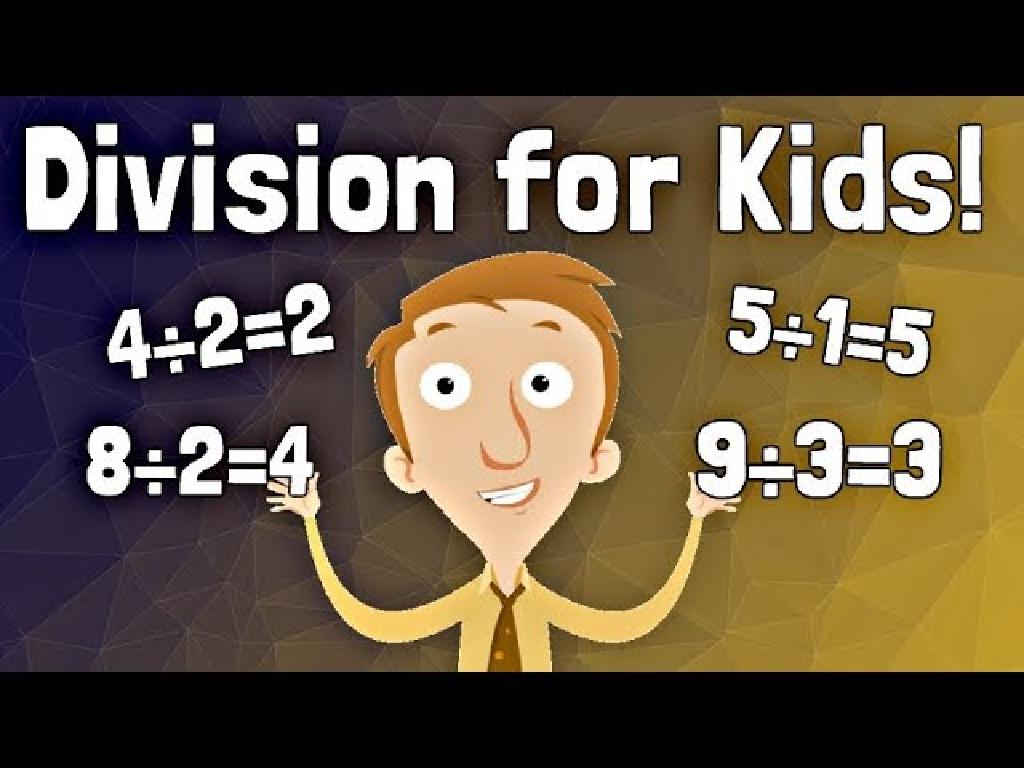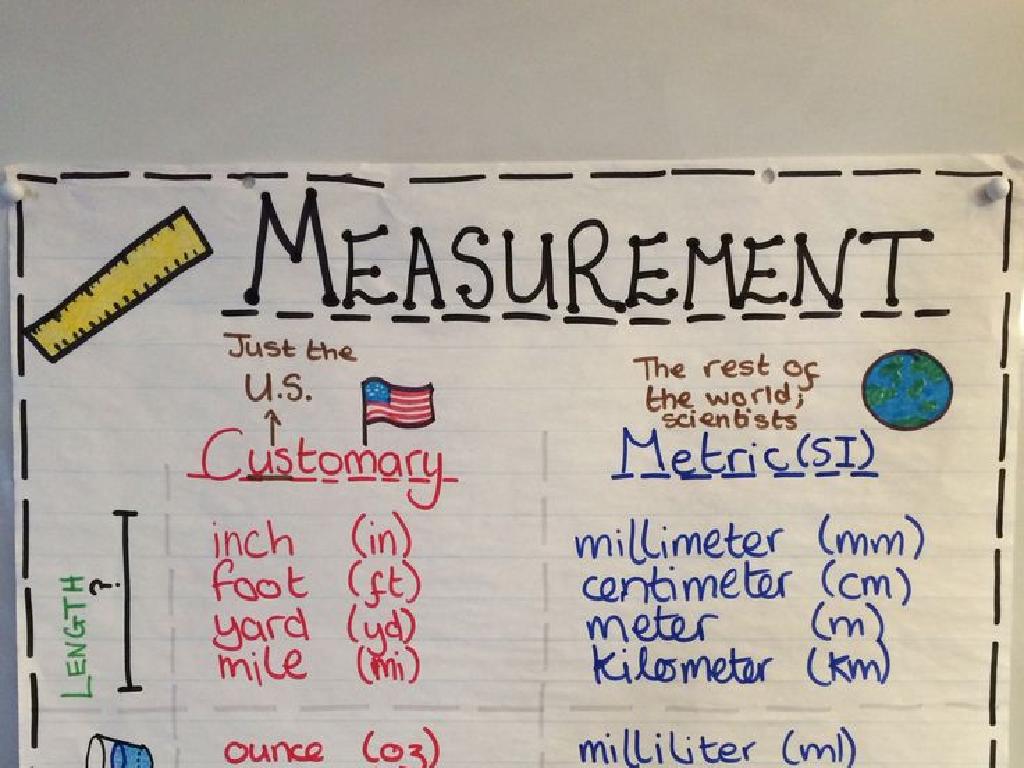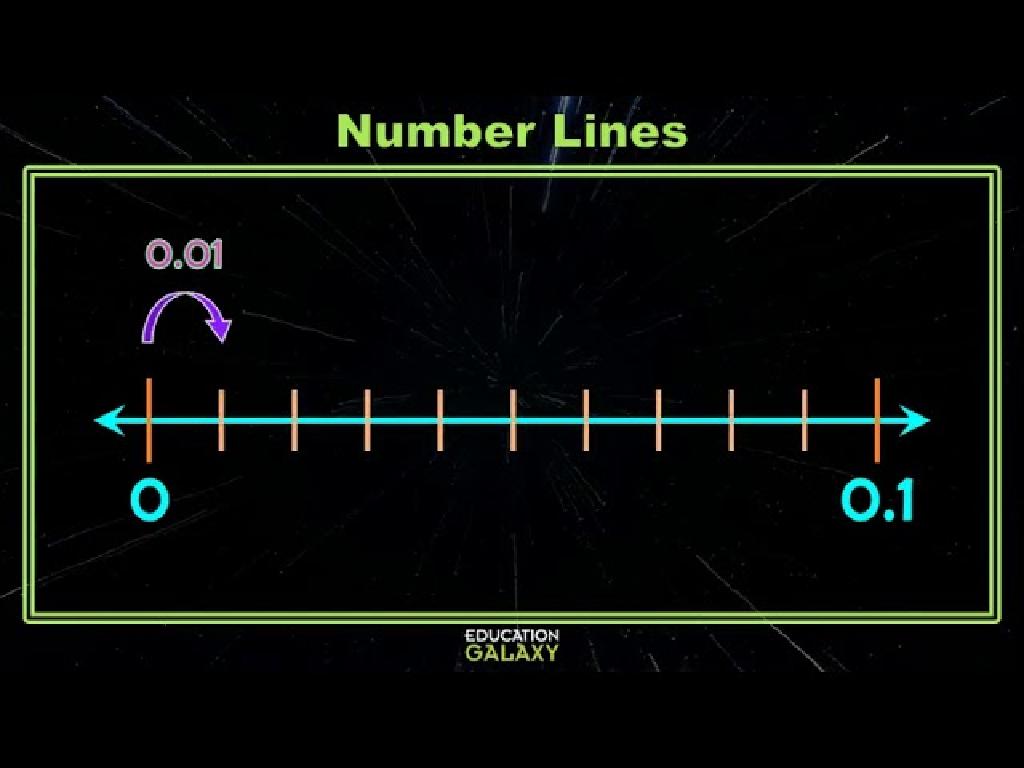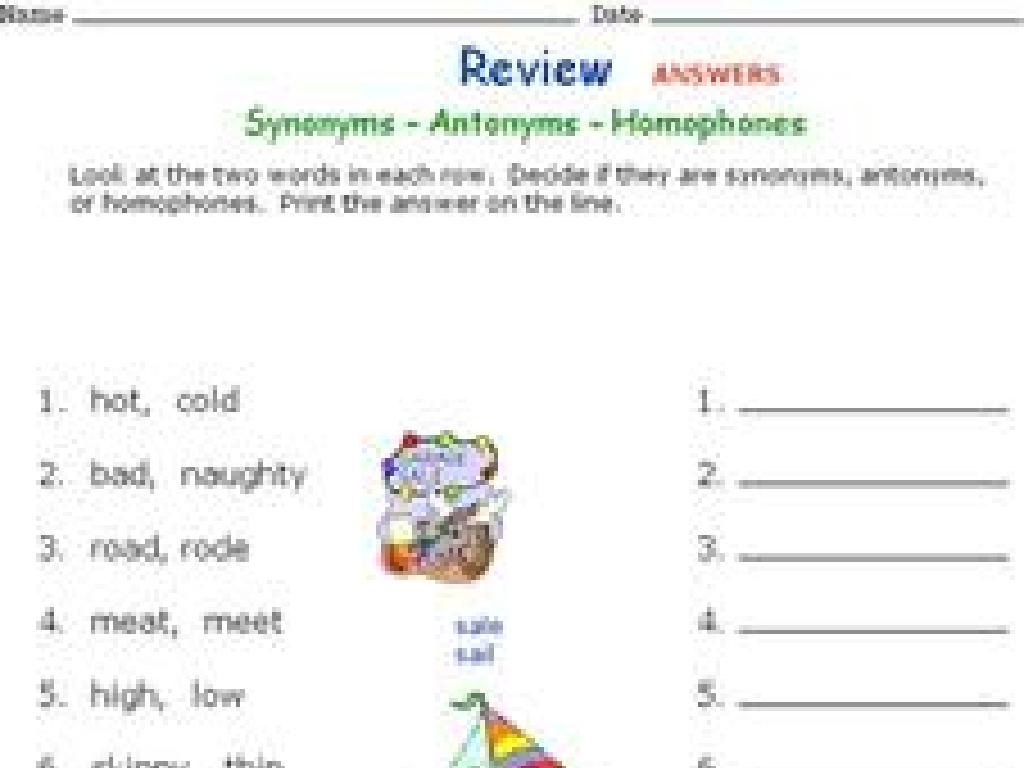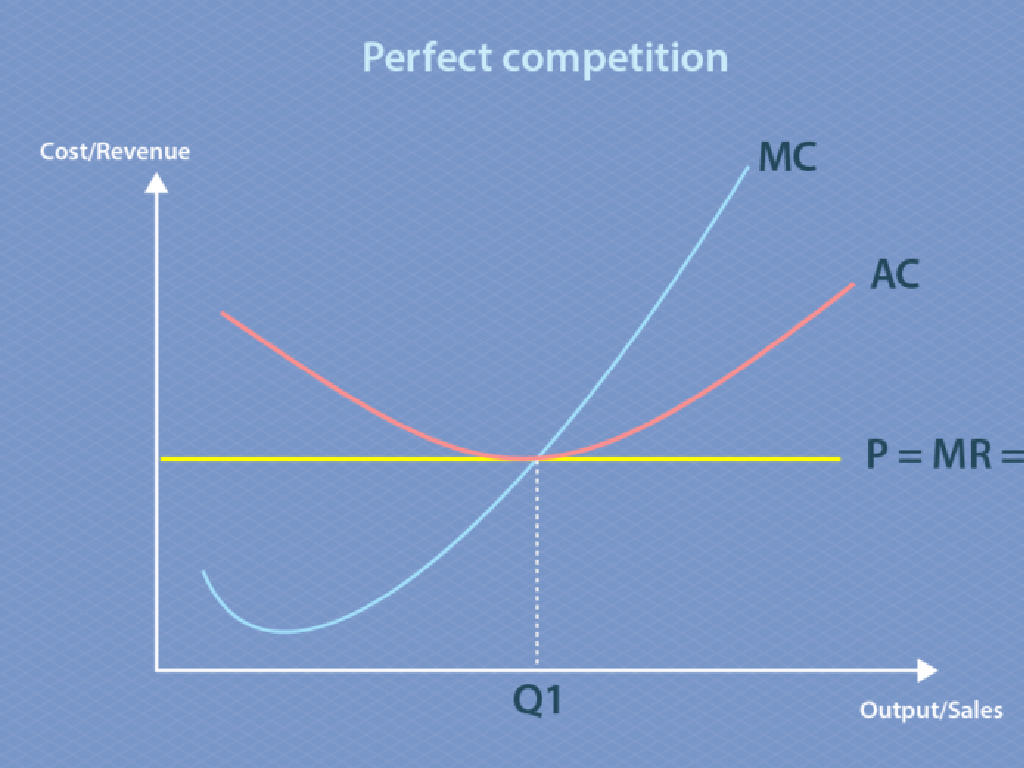Choose The Uppercase Letter That Matches: Review
Subject: Language arts
Grade: Kindergarten
Topic: Lowercase And Uppercase Letters
Please LOG IN to download the presentation. Access is available to registered users only.
View More Content
Welcome to Letter Land!
– Play with big and small letters
– Learn about uppercase letters
– Uppercase letters are big like ‘A’
– Learn about lowercase letters
– Lowercase letters are small like ‘a’
– Spot the difference in letters
– Look at ‘A’ and ‘a’, how are they different?
|
This slide is designed to introduce Kindergarten students to the concept of uppercase and lowercase letters. Start by engaging them with the idea of playing with letters as if they are characters in ‘Letter Land’. Explain that uppercase letters are ‘big’ and show examples using easily recognizable letters like ‘A’ for uppercase and ‘a’ for lowercase. Ask the children if they can spot the difference between the two types of letters. Use visual aids like flashcards or a whiteboard to illustrate the differences. Encourage the children to think of uppercase letters as ‘big’ or ‘tall’ and lowercase letters as ‘small’ or ‘short’. This will help them remember the concept. During the class, you can have various activities such as matching games, where students match lowercase letters to their uppercase counterparts.
Meet the Letters!
– Letters have two versions
– Big letters: uppercase
– A, B, C are big versions
– Small letters: lowercase
– a, b, c are small versions
– Let’s see examples
– A matches a, B matches b, C matches c
|
This slide introduces the concept of uppercase and lowercase letters to Kindergarten students. Begin by explaining that every letter has a big version and a small version. The big version is called uppercase, which is used at the beginning of sentences and for proper nouns. The small version is called lowercase, which we use most of the time when we write. Show visual examples of both uppercase and lowercase letters and demonstrate how they match (e.g., A with a, B with b, C with c). Use flashcards or a whiteboard to help students visualize the concept. Encourage the students to practice matching uppercase and lowercase letters with hands-on activities such as letter puzzles or matching games.
Let’s Play: Matching Big and Small Letters!
– We’re playing a matching game
– I’ll show you a big letter
– For example, I show you ‘A’, and you find ‘a’
– Find its small letter friend
– Look for the little version of the big letter
– Get ready to match them up!
|
This slide introduces a fun and interactive matching game to help Kindergarten students review and reinforce their understanding of uppercase and lowercase letters. Display a large uppercase letter on the board and ask the students to find the corresponding lowercase letter. This can be done with flashcards, a worksheet, or an interactive whiteboard. Encourage the students to say the letter sounds as they find the matches. This activity will help them visually distinguish between the two forms of each letter and solidify their alphabet knowledge. Prepare a variety of letters to ensure all students have the opportunity to participate and learn.
Matching Big and Small Letters!
– Match big A with small a
– Look at big A and search for its little friend, a!
– Find small b for big B
– See the big B? Which one is its matching little b?
– Pair big C with small c
– Big C is here, can you spot the little c?
– Practice makes perfect
|
This slide is designed to help Kindergarten students review and reinforce their understanding of the relationship between uppercase and lowercase letters. Start by showing them the uppercase letter and asking them to find its lowercase counterpart. Use visual aids if possible, such as flashcards or a whiteboard. Encourage the students to say the letters out loud as they match them. This activity can be turned into a fun game where students come up to the board to match the letters or find them in their books. The goal is to make the learning process interactive and enjoyable, helping students to solidify their grasp of the alphabet in both its forms.
Practice Time: Matching Letters!
– Find the big letter matches
– Draw lines to small letter friends
– Connect uppercase ‘A’ to lowercase ‘a’
– Take your time with each match
– Big and small letters are buddies
– Remember, ‘A’ and ‘a’ are the same letter, just different sizes!
|
This slide is for a class activity where students will practice matching uppercase letters to their lowercase counterparts. Provide each student with a worksheet that has uppercase letters on one side and lowercase letters on the other. Encourage them to draw lines connecting each uppercase letter to its matching lowercase letter. Remind them that some letters look very similar in both forms, while others may look quite different. This activity helps reinforce letter recognition and the concept that each letter has both a big (uppercase) and a small (lowercase) version. Possible variations of the activity could include using stickers, stamps, or tracing letters in sand for a sensory experience.
Review: Matching Upper & Lowercase Letters
– Recap of letters matched
– Sing the alphabet song
– Helps remember the order of letters
– Singing reinforces memory
– Let’s sing together!
– A fun way to end our review
|
This slide is meant to conclude the lesson on matching uppercase to lowercase letters. Start by reviewing the letters that the students have successfully matched during the lesson. Emphasize the importance of the alphabet song as a tool for memory reinforcement. Engage the class by singing the alphabet song together, making it a fun and interactive experience. This activity not only helps students remember the sequence of the letters but also ensures they associate learning with enjoyment. Encourage the students to sing loudly and clearly, and praise their effort at the end of the song.
Class Activity: Letter Hunt!
– Explore the classroom on a letter hunt
– Find objects starting with your name’s first uppercase letter
– Show and tell the class about your object
– For example, if your name is ‘Tom’, find something that starts with ‘T’
– Discuss the letter each object starts with
|
This activity is designed to help students recognize and match uppercase letters with their lowercase counterparts through a fun and interactive ‘letter hunt’. Encourage the children to look around the classroom for objects that begin with the same uppercase letter as the first letter of their name. Once they find an object, they should bring it to the group and explain their choice. For example, a student named Alice might choose an Apple. This will help them associate letters with sounds and words. Prepare a list of objects in the classroom beforehand to ensure there are enough examples for each letter. This activity promotes active learning and participation, and it can be adapted for students with different levels of understanding.

